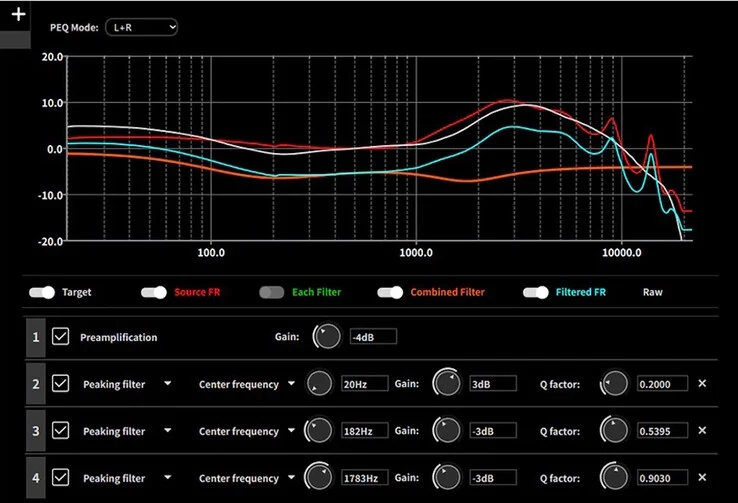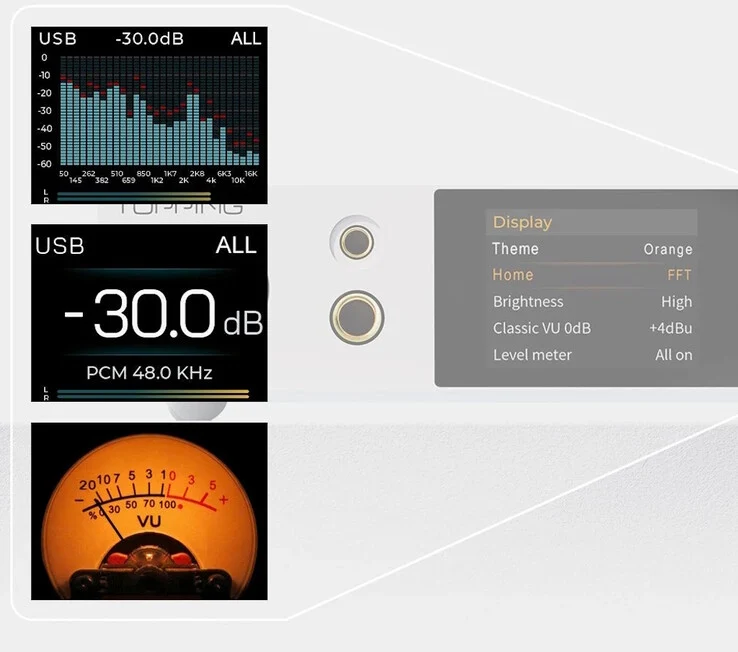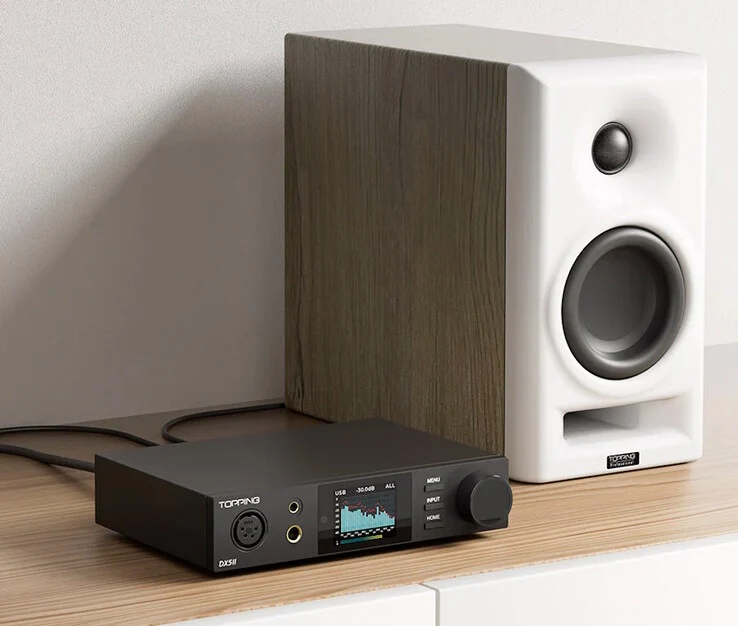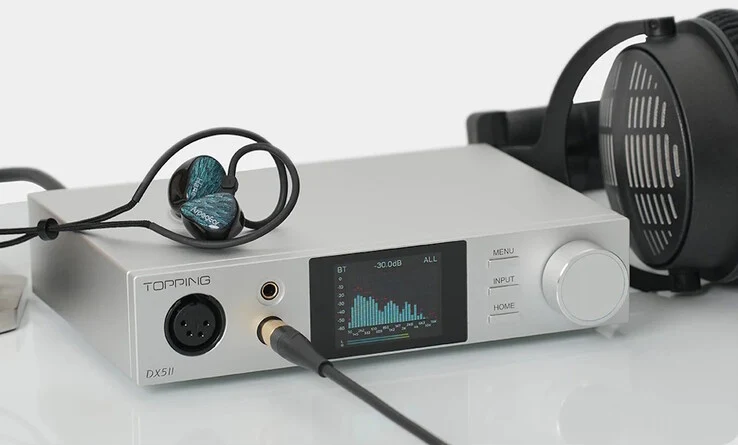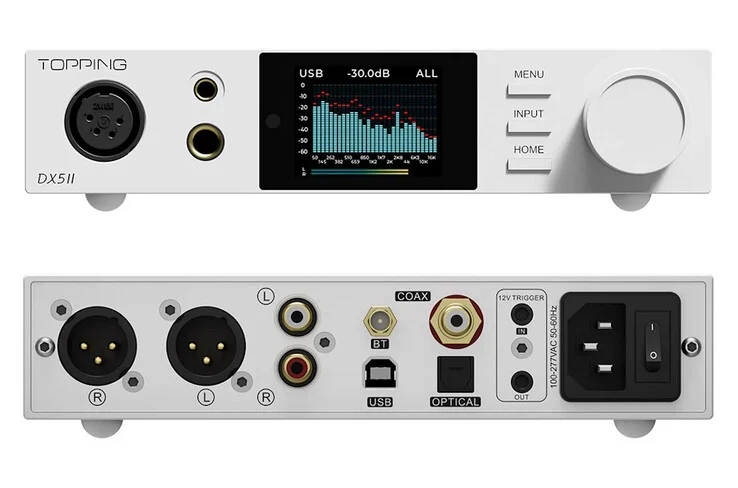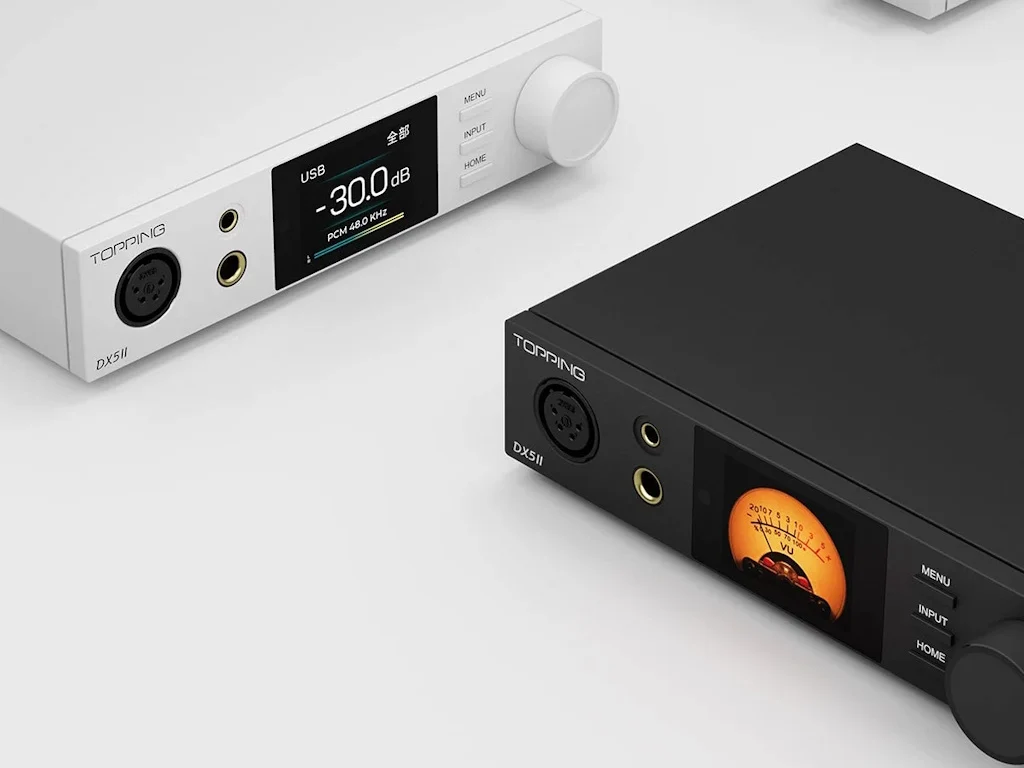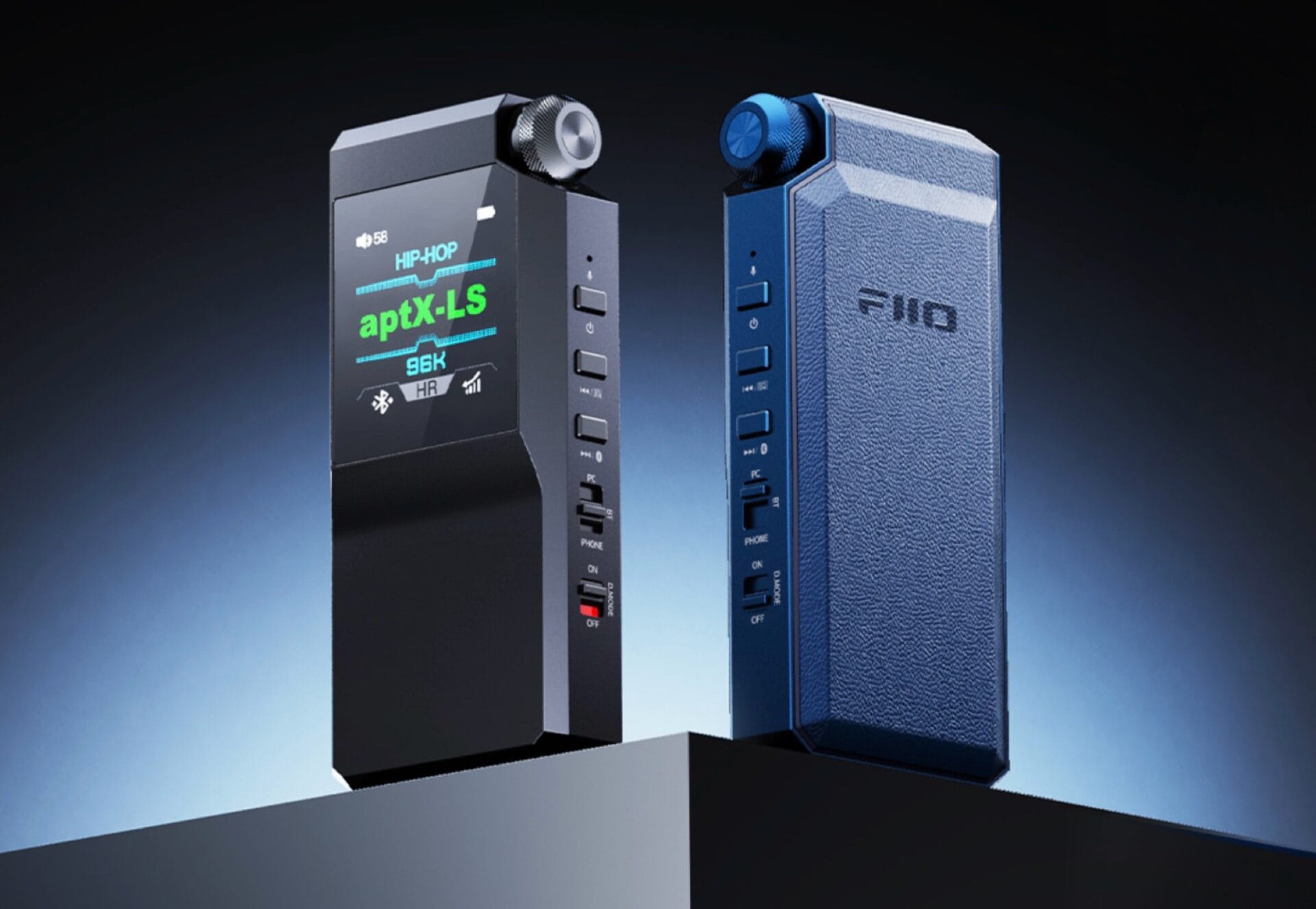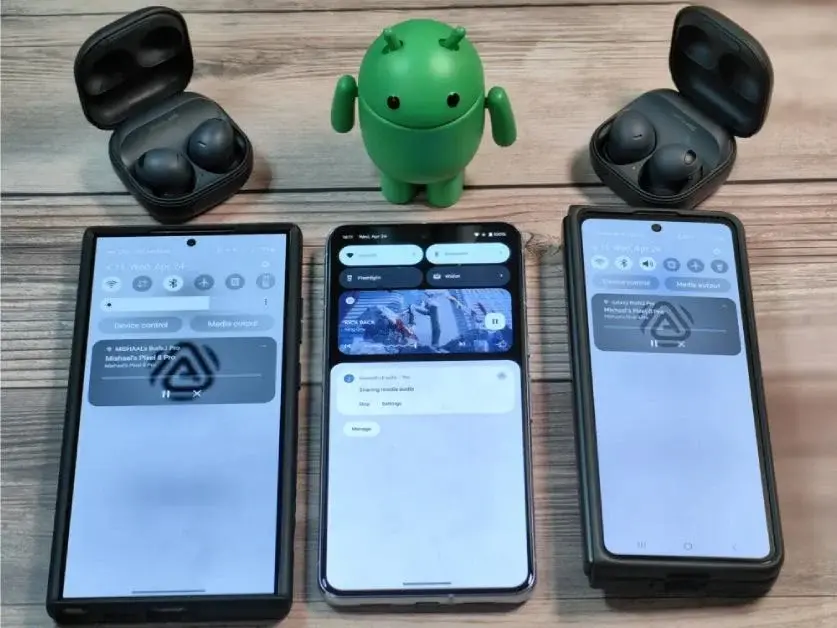Key Takeaways
1. The Topping DX5 II DAC is designed for audiophiles, supporting both wired and wireless headphones with ultra-low noise performance.
2. It features dual 32-bit ES9039Q2M DAC chips, achieving a signal-to-noise ratio and dynamic range of 133 dB, with THD+N under 0.00006%.
3. The DAC has strong amplification capabilities, driving low-impedance headphones at 7600 mW and high-impedance headphones at 490 mW while maintaining low distortion.
4. Wireless connectivity includes Bluetooth 5.1 with support for various audio codecs, and it can connect to PCs via USB for high-resolution audio playback.
5. Users can customize audio settings using a 10-band parametric EQ and easily navigate options through a 2.0-inch LCD display.
Topping has introduced the DX5 II DAC, designed for audiophiles who enjoy high-resolution music. This DAC is compatible with both wired and wireless headphones, promising an ultra-low noise experience. Priced at $299, the DX5 II can be purchased from Topping’s Amazon store.
Specifications and Performance
Equipped with dual 32-bit 2-channel ES9039Q2M DAC chips, the DX5 II delivers impressive performance for balanced headphones, achieving a signal-to-noise ratio (SNR) of 133 dB and a dynamic range of 133 dB. The total harmonic distortion plus noise (THD+N) at 1 kHz (A-weighted) is less than 0.00006%. The X-Hybrid amplifier is capable of driving low-impedance headphones at 7600 mW for 16 Ω and can also handle high-impedance headphones up to 490 mW at 600 Ω, all while maintaining THD+N below 1%. For added convenience, you can connect external active speakers directly to the DX5 II in preamp mode.
Wireless and Connectivity Features
The DX5 II also shines when it comes to wireless capabilities, featuring a Qualcomm QCC5125 Bluetooth 5.1 System on Chip (SoC). It supports a variety of codecs for Bluetooth audio, including standard SBC and AAC, as well as higher-quality aptX Adaptive, aptX HD (24-bit, 48 kHz at 576 kbps), and High-Res Audio LDAC (24-bit, 96 kHz at 990 kbps).
For direct connectivity, the DAC can be linked to PCs via USB, allowing playback from streaming platforms and local music files, supporting formats like 32-bit 768 kHz PCM and DSD512. It can also operate in ASIO mode using the Thesycon driver, which is great for low-latency professional audio tasks. The 12-volt input/output trigger allows for automation when paired with other audio devices.
Customization and User Interface
Users can fine-tune their audio experience with the 10-band parametric EQ software for PCs, enabling the saving and recalling of multiple custom profiles. The 2.0-inch LCD display provides easy access to all settings and status information, which can be navigated using the input knob and three control buttons.
Source:
Link
